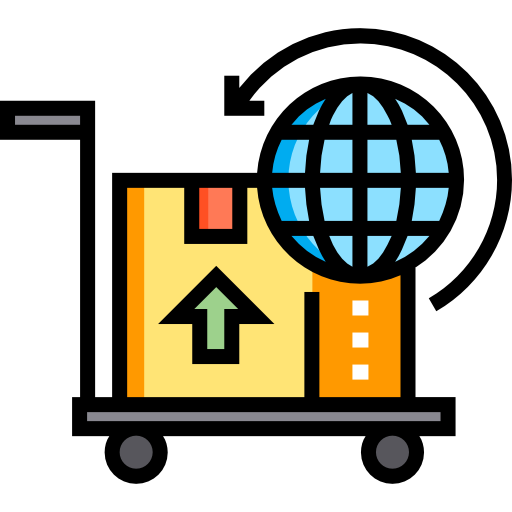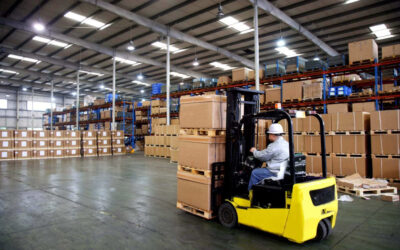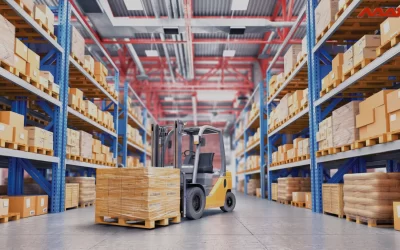In the world of logistics and package delivery, two names stand out as titans: FedEx and UPS. These global giants have dominated the shipping industry for decades, providing an extensive range of services that keep businesses and consumers connected worldwide. In this comprehensive comparison, we will explore the strengths, weaknesses, and current trends of FedEx and UPS in 2024. By the end of this article, you’ll have a clearer understanding of which shipping giant might be the better choice for your specific needs.
FedEx Overview
Founded in 1971, FedEx has grown into a global transportation and logistics powerhouse. Its commitment to innovation and extensive network of services have made it a household name in shipping.
UPS Overview
United Parcel Service (UPS), established in 1907, boasts a rich history of delivering packages and documents. It has evolved into a global leader in logistics and supply chain management.
Let’s dive into the comparison:
Service Offerings
Both FedEx and UPS offer an array of services, catering to various shipping needs. These include:
Express Services: Overnight and time-definite delivery options for urgent shipments.
Ground Services: Economical shipping for less time-sensitive packages.
Freight Services: For heavy and oversized shipments.
International Shipping: Worldwide coverage for cross-border shipments.
E-commerce Solutions: Tailored services for online retailers.
Performance and Delivery Speed
FedEx and UPS are known for their reliable delivery networks, but performance can vary depending on your location and specific service chosen. Both companies offer tracking and notification features to keep customers informed about their shipments in real-time.
Pricing and Costs
Pricing can be a significant factor when choosing between FedEx and UPS. Both companies offer various pricing models, including zone-based pricing, flat-rate options, and negotiated contracts for high-volume shippers. It’s essential to compare rates for your specific shipping needs and volume.
Environmental Initiatives
In recent years, environmental sustainability has become a crucial aspect of the logistics industry. Both FedEx and UPS have taken steps to reduce their carbon footprint by investing in electric vehicles, renewable energy, and eco-friendly packaging solutions.
Technology and Innovation
In the era of digital transformation, technology plays a vital role in the logistics sector. Both FedEx and UPS have invested heavily in advanced tracking systems, AI-driven analytics, and automation to improve efficiency and customer experience. They also offer mobile apps and online portals for easy shipping management.
Customer Service
The quality of customer service can significantly impact your shipping experience. FedEx and UPS both provide customer support through various channels, including phone, email, and online chat. However, customer experiences can vary based on individual interactions and specific issues.
E-commerce Solutions
E-commerce has experienced explosive growth, and both FedEx and UPS have adapted to the changing landscape. They offer a range of services tailored to online retailers, including shipping integration with popular e-commerce platforms, flexible delivery options, and returns management.
Global Reach and International Shipping
When it comes to global shipping, FedEx and UPS have extensive networks covering almost every corner of the world. They offer a range of international shipping options, including customs clearance services, ensuring that businesses can seamlessly expand their reach.
Peak Season Performance
During peak shipping seasons like the holiday rush, both FedEx and UPS experience increased volumes and challenges in maintaining delivery timelines. It’s essential to plan ahead and communicate with your chosen carrier to avoid potential delays.
Insurance and Liability
Both companies offer shipping insurance options to protect against loss or damage during transit. However, the terms, coverage limits, and cost of insurance may vary, so it’s crucial to review and compare the insurance options.
Current Trends and Challenges
As of 2024, several trends and challenges are shaping the logistics industry, impacting FedEx and UPS:
Sustainability: Both companies continue to invest in sustainable practices and eco-friendly solutions to reduce their environmental impact.
E-commerce Growth: The e-commerce boom shows no signs of slowing down, driving increased demand for shipping services.
Supply Chain Disruptions: Global supply chain disruptions, such as the COVID-19 pandemic and port congestion, have challenged logistics companies to find innovative solutions to maintain smooth operations.
Last-Mile Delivery: The last-mile delivery segment has witnessed innovation, with the use of drones, autonomous vehicles, and crowd-sourced delivery becoming more prevalent.
Conclusion
In the FedEx vs. UPS battle, the choice ultimately depends on your specific shipping needs, location, and volume. Both companies offer extensive services and have adapted to the evolving logistics landscape. It’s essential to regularly evaluate your shipping requirements, compare pricing, and consider the latest trends and challenges in the industry to make an informed decision. Whether you opt for FedEx or UPS, reliable and efficient shipping is crucial for the success of your business in 2024 and beyond.








